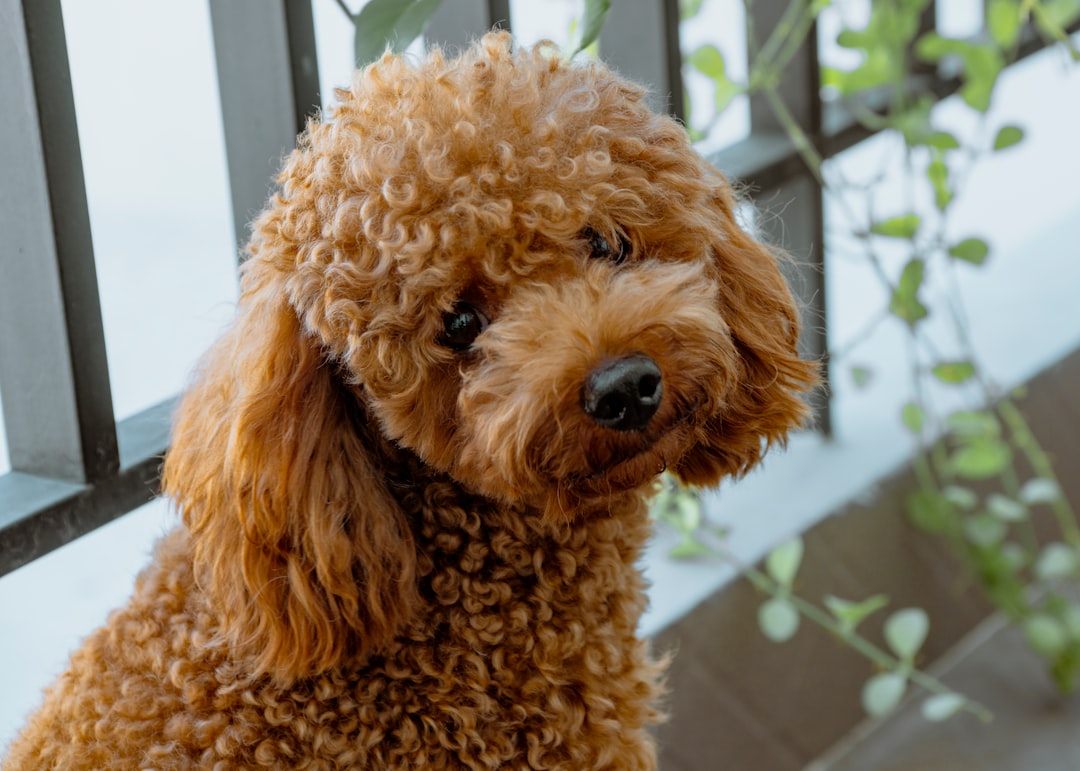The Poodle Revolution: From Hunting Companions to Versatile Canine Stars
The Evolution of Poodle Breeds: From Hunting to Companion Dogs – A historical overview of the transition of poodles from their initial roles in hunting to becoming beloved companions, highlighting their versatility and varied roles in different sizes and countries.
Versatility and Varied Roles
Poodles’ exceptional trainability and adaptability have allowed them to excel in diverse roles beyond their original purpose as hunting dogs. These intelligent and versatile canines have showcased their remarkable skills in various arenas, including the circus and as war dogs. For example, during World War II, poodles were utilized as war dogs due to their intelligence, adaptability, and loyalty. They were employed to perform tasks such as delivering messages, locating injured soldiers, and providing companionship to troops, highlighting their exceptional versatility and reliability in challenging situations.
Moreover, the different sizes of poodles – Standard, Miniature, and Toy – each possess distinct characteristics that make them well-suited for different lifestyles and tasks. For instance, the Standard Poodle is known for its athleticism and strength, making it an excellent choice for activities such as agility trials and obedience competitions. On the other hand, the Toy Poodle’s petite size and affectionate nature make it an ideal companion for individuals living in smaller spaces or seeking a lap dog. This diverse range of sizes and temperaments within the breed allows poodles to adapt to various roles, from being loyal family companions to excelling in performance tasks.
Furthermore, the breed’s classification as non-sporting by some kennel clubs and as a sporting breed by others further emphasizes their multifaceted nature. This classification reflects the breed’s ability to thrive in different environments and activities, showcasing their adaptability and varied capabilities. Their transition from their original roles as hunting dogs to excelling in a wide range of activities demonstrates their evolution from working dogs to versatile companions, performers, and loyal partners [1].
 Transition from Hunting to Companionship
Transition from Hunting to Companionship
As poodles transitioned from their original roles as hunting dogs to becoming beloved companions, their adaptability and trainability have continued to make them well-suited for a variety of tasks. Beyond their initial purpose as water retrievers, poodles have thrived in obedience competitions, agility trials, therapy work, and search-and-rescue operations, showcasing their versatility and varied capabilities.
Moreover, poodles’ historical journey from their hunting origins to their current status as cherished pets and show dogs emphasizes their resilience and ability to adapt to changing societal preferences. For instance, the breed’s transition to companionship with nobility and aristocracy reflects their inherent intelligence, loyalty, and protective nature, which endeared them to their human counterparts over the centuries. This transition also highlights the breed’s remarkable capacity to connect with people and form strong bonds, contributing to their widespread popularity as companions.
Additionally, the poodle’s classification as a non-sporting breed by some kennel clubs and as a sporting breed by others further underscores their adaptability and varied roles. This demonstrates the breed’s unique ability to excel in different environments and tasks, further solidifying their reputation as versatile and multifaceted animals.

